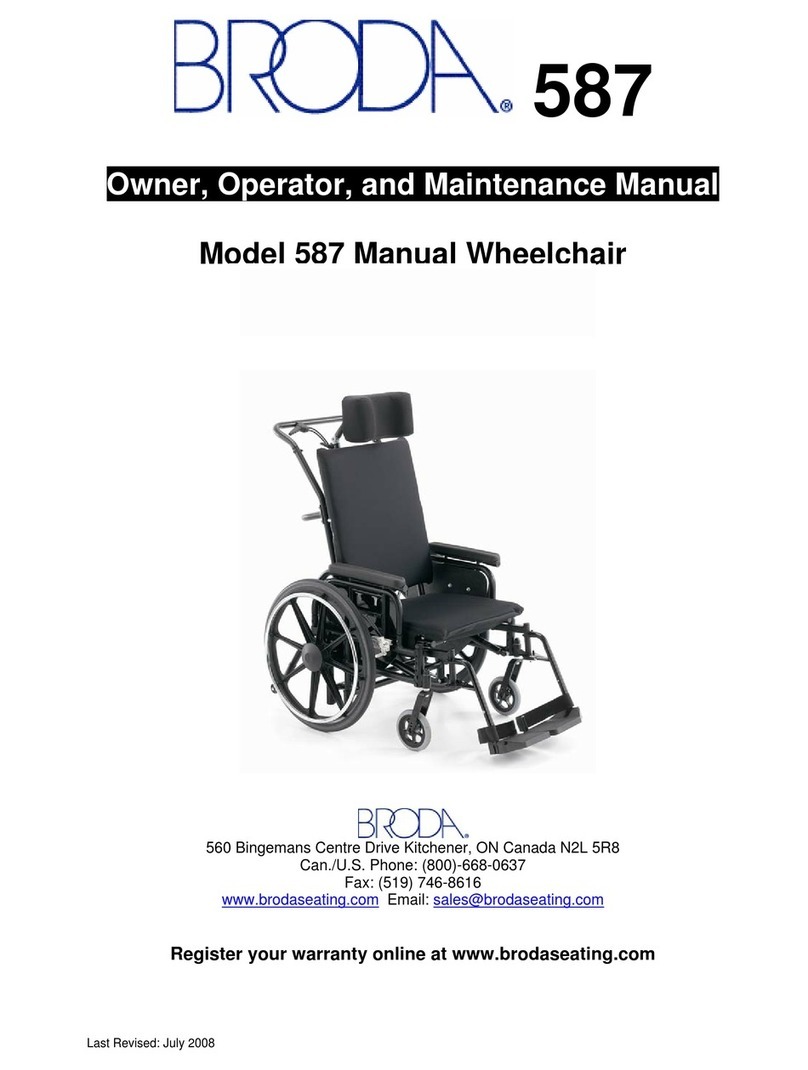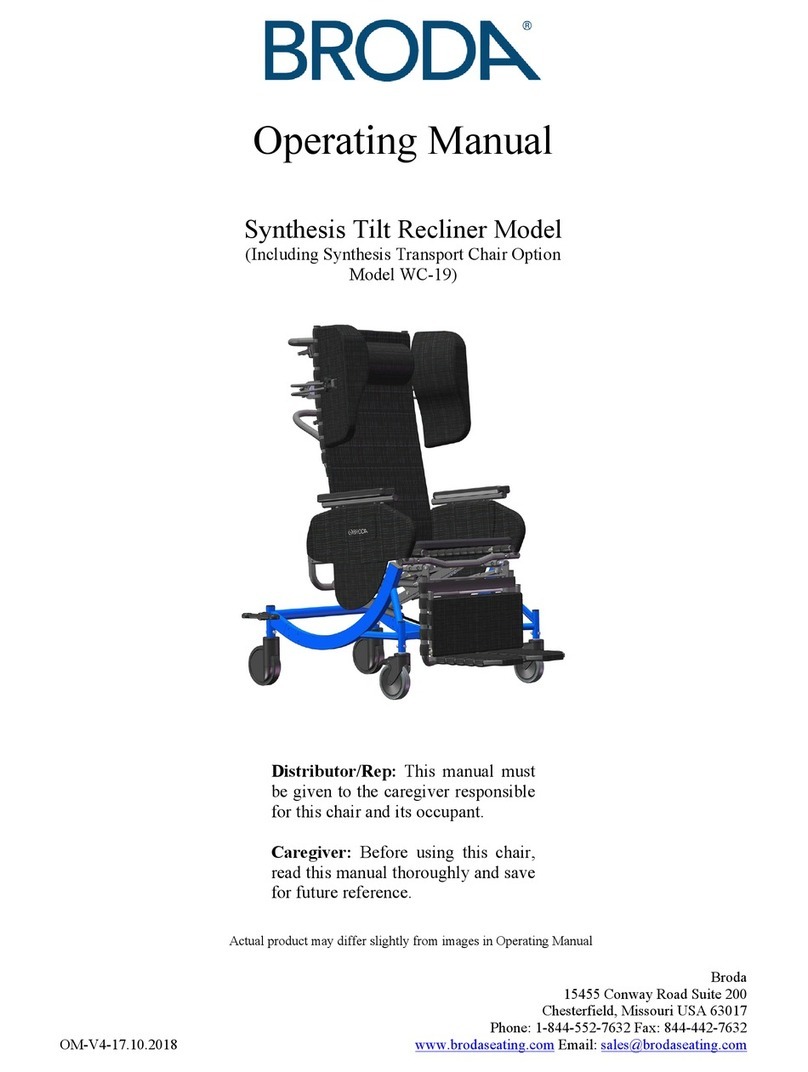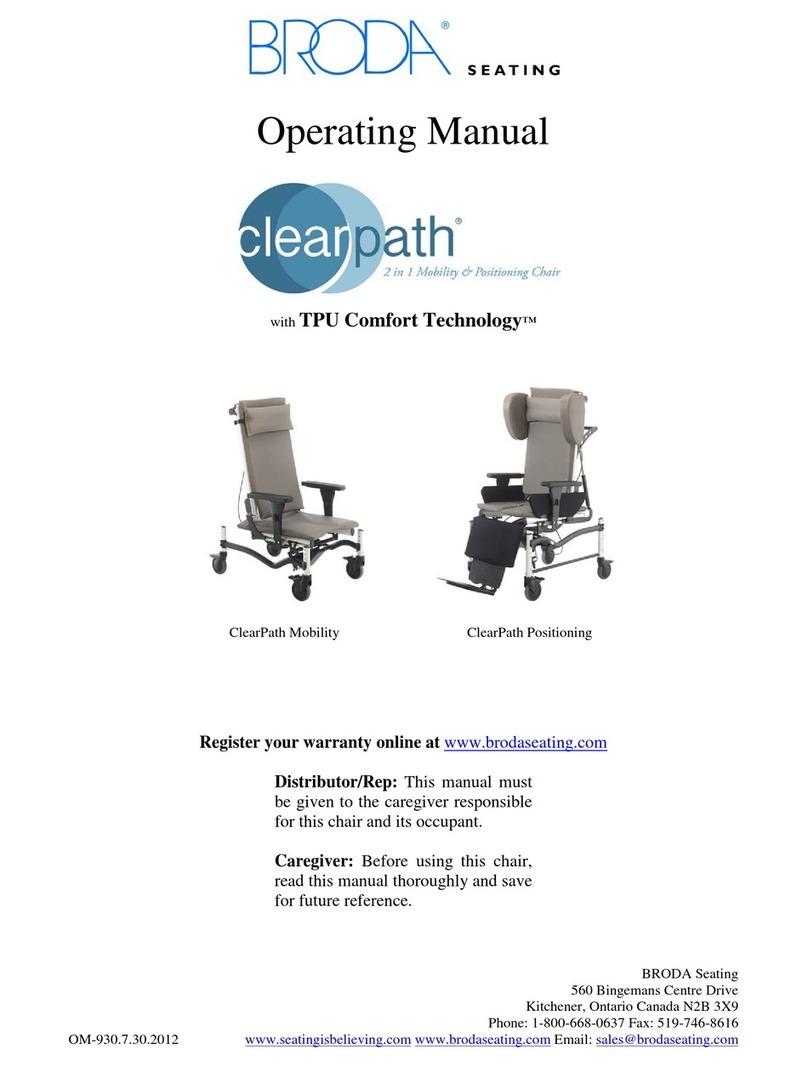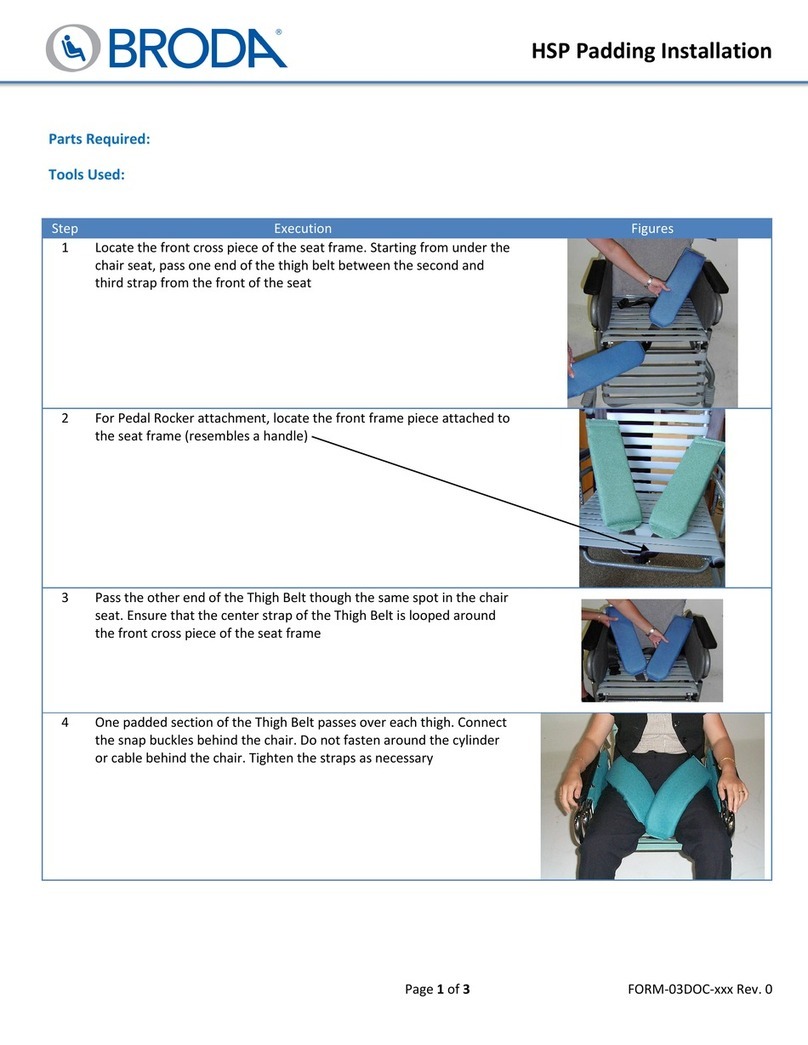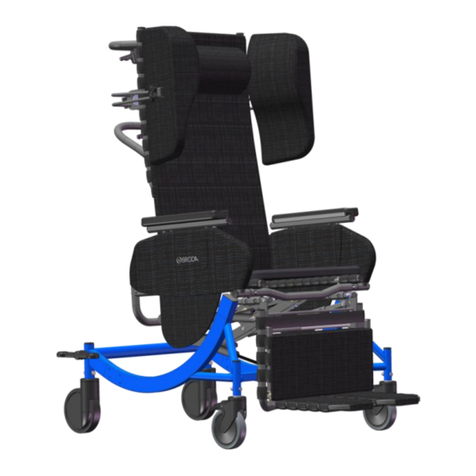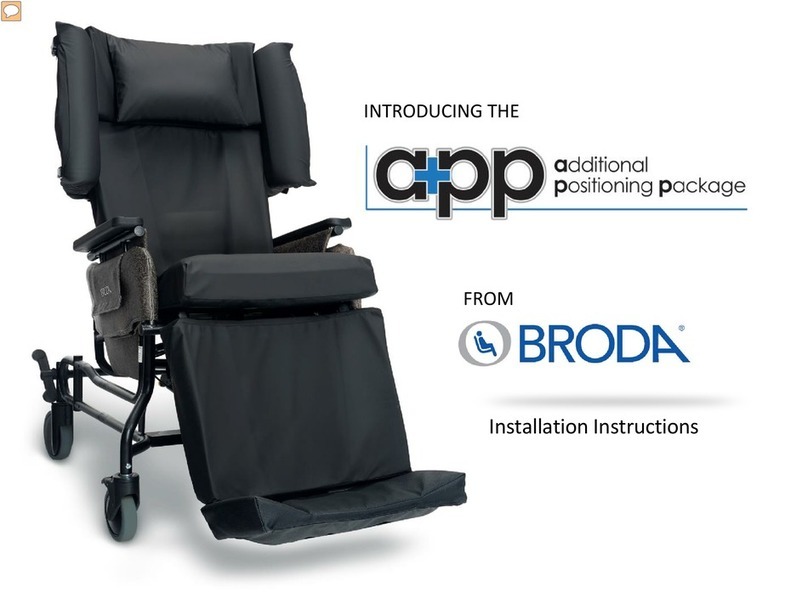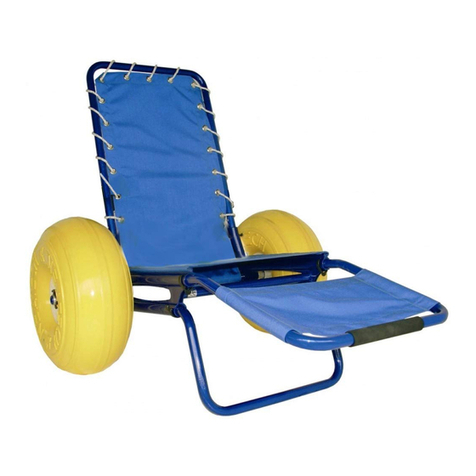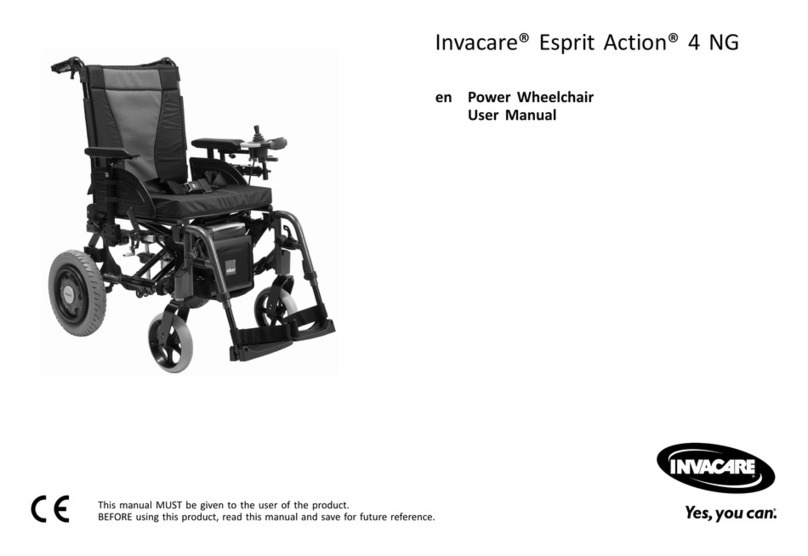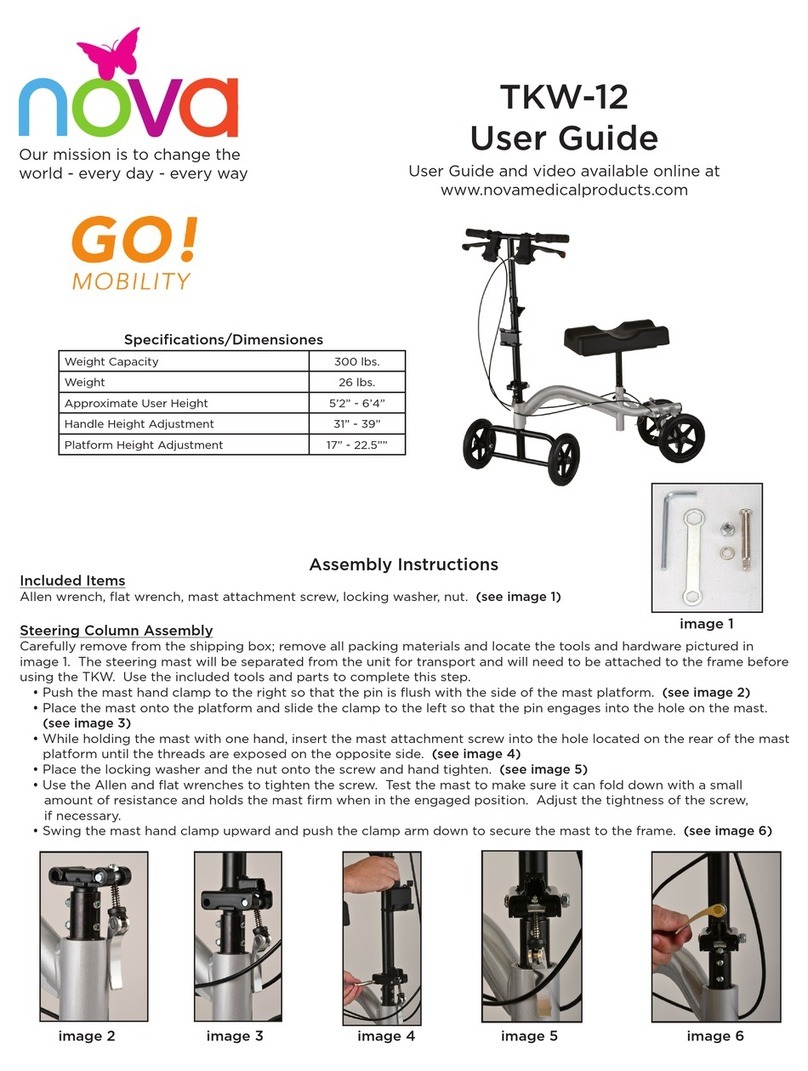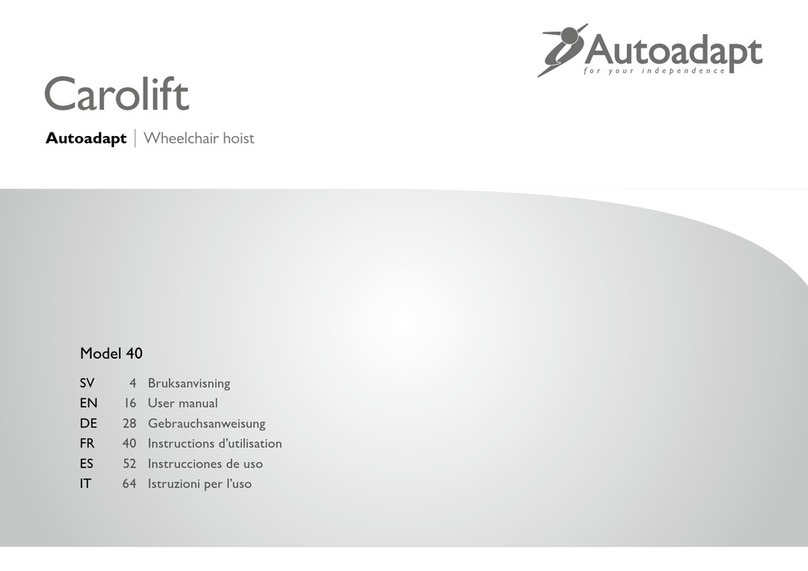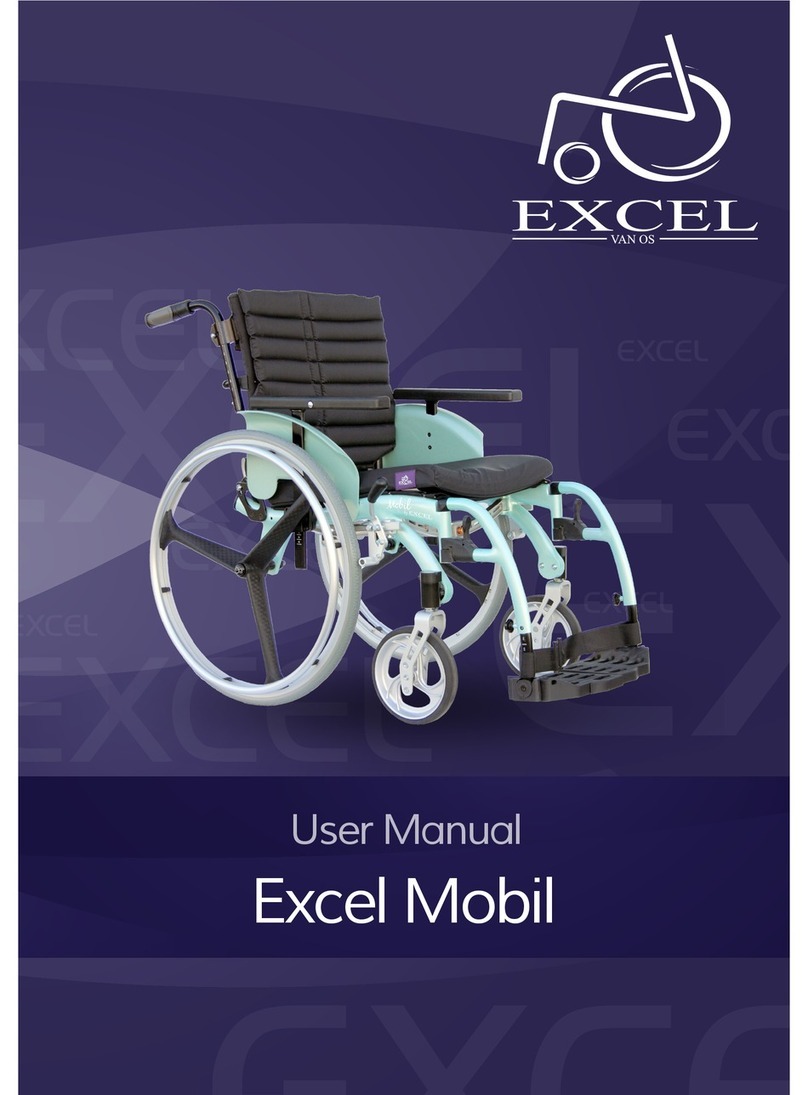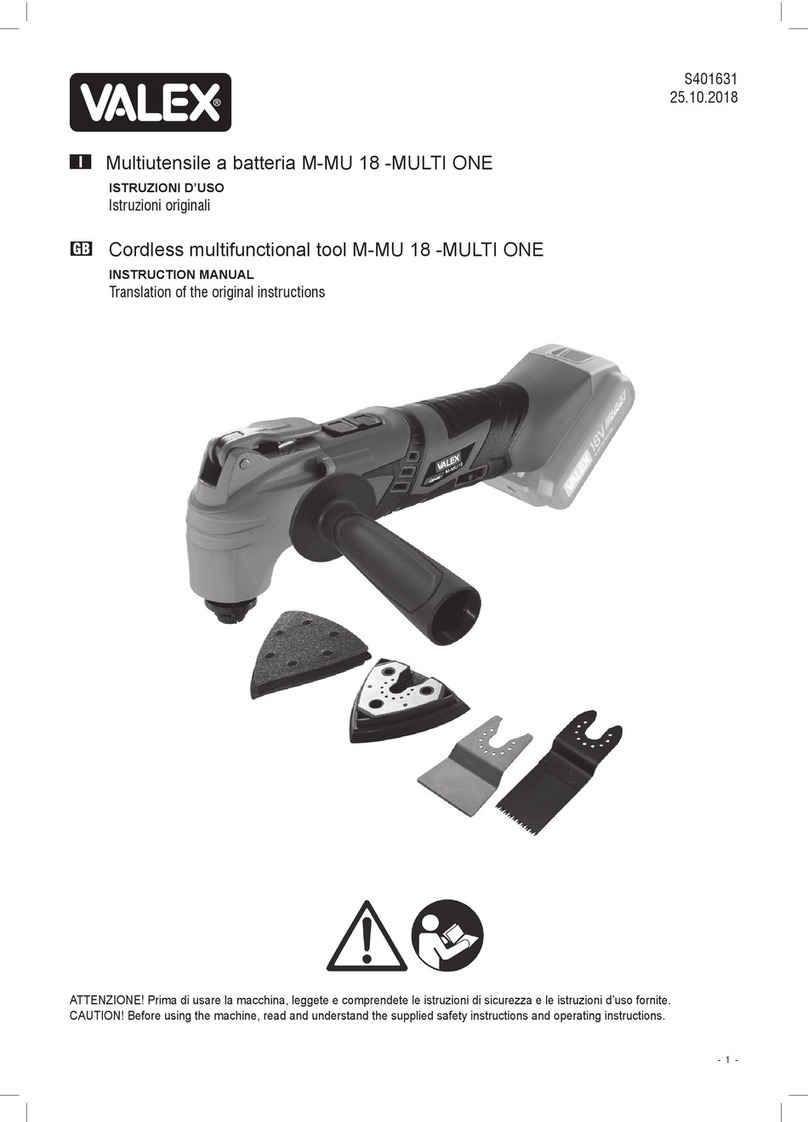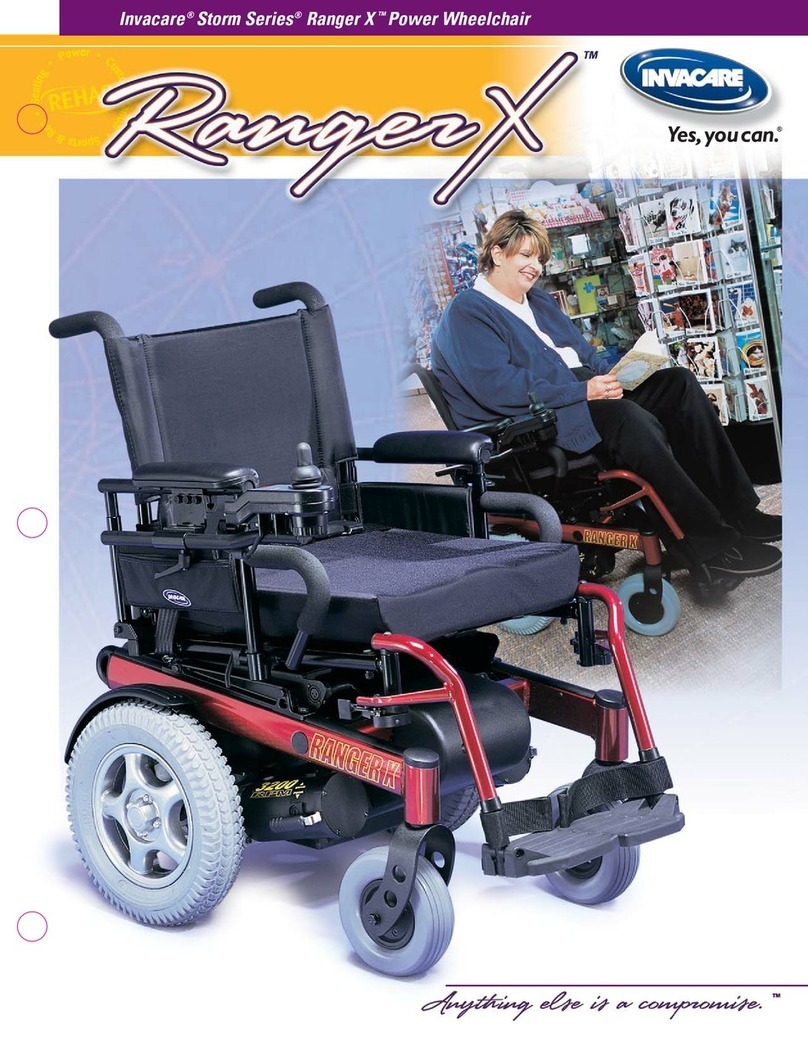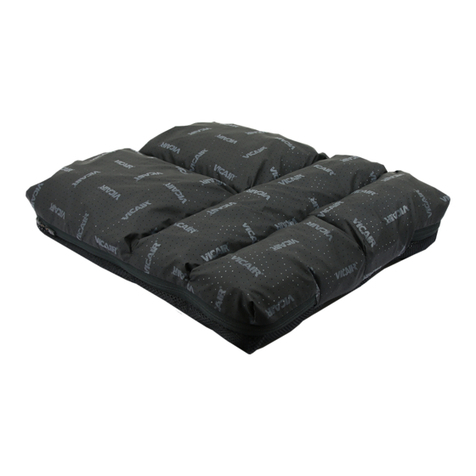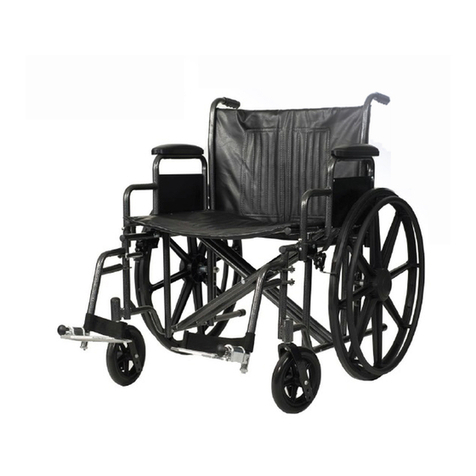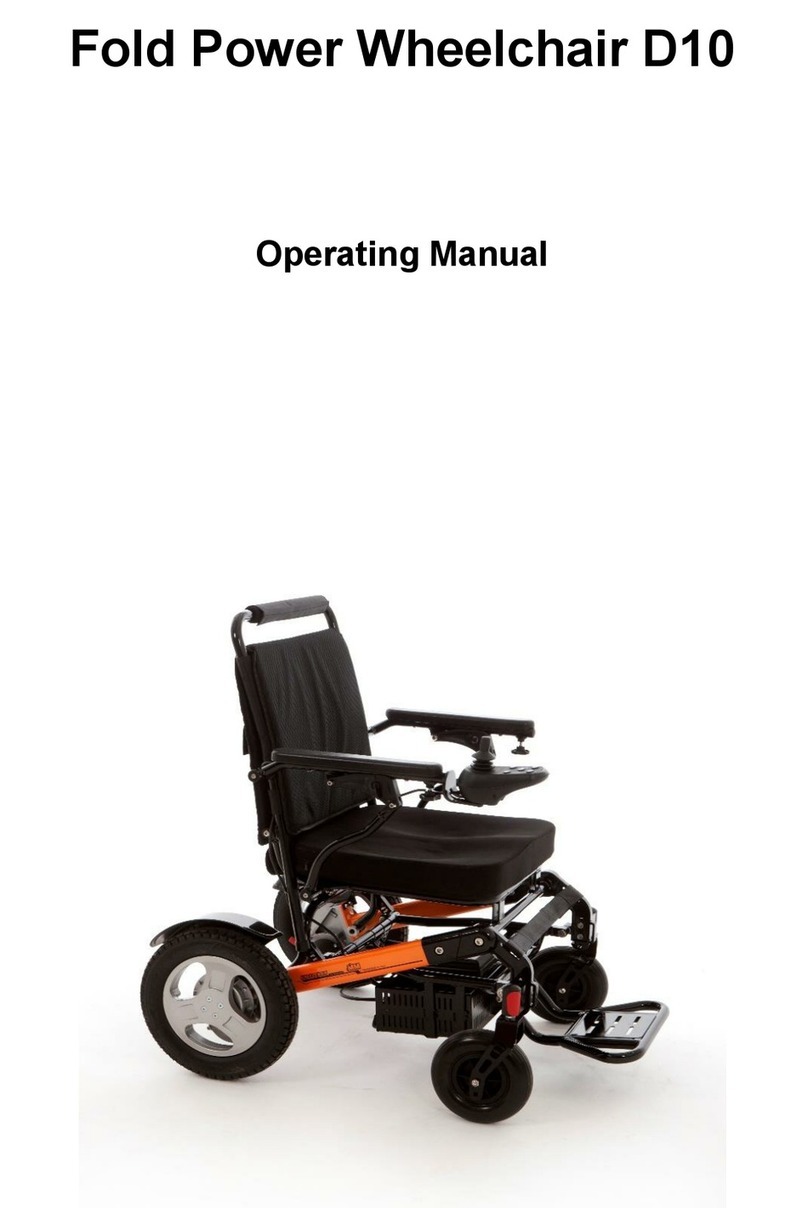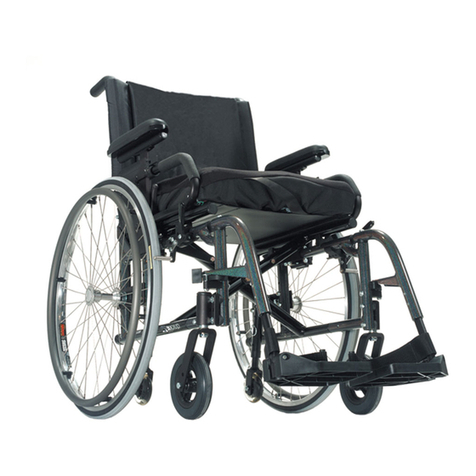
ii
Contents
0BFOREWORD.................................................................................................................................................................1
1BGENERAL INFORMATION........................................................................................................................................2
12BDEFINITIONS ......................................................................................................................................................3
23BSAFETY REQUIREMENTS ................................................................................................................................4
2.1 8BTraining .........................................................................................................................................................4
2.2 9BApplication ....................................................................................................................................................4
2.3 10BShipping and Storage.....................................................................................................................................4
2.4 11BPre-Service Check .........................................................................................................................................5
2.5 12BHazards ..........................................................................................................................................................5
2.5.1 35BPosition of Chair - “Danger of Falling”.................................................................................................5
2.5.2 36BPosition of Seat Tilt - “Danger of Tipping”...........................................................................................5
2.5.3 37BLocation of Chair - “Danger of Tipping or Falling Objects”.................................................................5
2.5.4 38BTotal Lock Wheel Brakes - “Danger of Falling” ...................................................................................5
2.5.5 39BRe-Positioning of Resident - “Danger of Clamping”.............................................................................6
2.5.6 40BUnintended Movement - “Danger of Falling or Collision”....................................................................6
2.5.7 41BOcOccupant Clothing - “Risk of Injury to Resident’s Skin”....................................................................6
2.5.8 42BImproper Restraint Use - “Risk of Serious Injury”................................................................................6
2.6 13BImproper Use .................................................................................................................................................7
2.7 14BCleaning.........................................................................................................................................................7
2.8 15BMaintenance...................................................................................................................................................9
2.9 16BOccupant Specific Instructions ....................................................................................................................10
34BOPERATION AND MOVEMENT.....................................................................................................................11
3.1 17BSeat Tilt........................................................................................................................................................11
3.2 18BBack Recline................................................................................................................................................11
3.3 19BTrendelenburg..............................................................................................................................................12
3.4 21.Wheel locks and Brakes..............................................................................................................................13
3.5 22BRemovable Wings........................................................................................................................................14
3.6 23BShoulder Bolsters.........................................................................................................................................14
3.7 24 Adjustable and Removable Arms ...............................................................................................................14
3.8 25BHeight Adjustable Armrests.........................................................................................................................15
3.9 25BAnti-Tippers.................................................................................................................................................16
Accessories (Options)..............................................................................................................................................17
3.10 21BPivot Assist™ ..............................................................................................................................................17
3.11 21BIV Pole and O2 Holder ................................................................................................................................18
3.12 Motor Vehicle Use.......................................................................................................................................20
45BINSPECTION AND FUNCTIONAL TESTING ................................................................................................22
4.1 28BInspection.....................................................................................................................................................22
4.2 29BFunctional Testing .......................................................................................................................................23
56BTECHNICAL INFORMATION..........................................................................................................................24
5.1 30BSpecifications...............................................................................................................................................24
5.2 33BTroubleshooting for Gas Cylinders..............................................................................................................25
6 WARRANTY ………………………………………………………………………………………………...39

